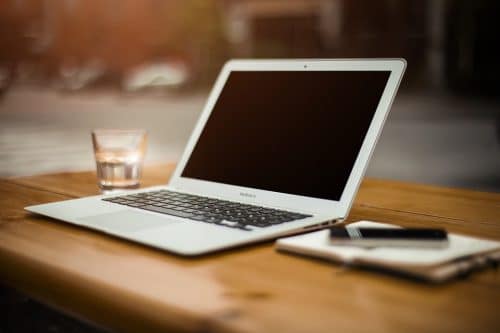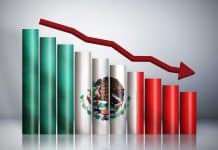Advertisements
This is the first article in a 2-part series on how pay your debts with low resources, we invite you to join us.
Step 1: Stop taking on new debt
Advertisements

If you borrow money from one source to pay off another, you're really just shuffling the debt instead of paying it off. There are good reasons to do so, like opening a new balance transfer credit card to take advantage of an introductory period of 0% APR, or consolidating your debt into a personal loan with a lower interest rate. But in general, when it comes to Pay a debt, You have to stop assuming new debts. Don't open new credit cards or take out loans unless there are strategic reasons to do so, and freeze all unnecessary spending.
Advertisements
Step 2: Determine how much you owe
If you're overwhelmed with debt, it's tempting to ignore the bills that keep coming. Facing what you owe can be intimidating, but if you're going to pay it, you need an exact number. Sit down with every outstanding credit card statement, medical or utility bill, and add up what you owe. Next to the principal balance, write down the interest rate, late fees, and any potential penalties you may have to pay. Without a clear picture of your financial situation, it's impossible to figure out how to pay off debt on a low income.
Step 3: Create a budget
A budget allows you to see exactly where your income is coming from and where it is going. Start by listing all of your sources of income and all of your fixed and recurring expenses. Fixed expenses are items like rent or car payments that don't change from month to month.
Now, subtract the difference between your total income and your fixed expenses. The rest is the money you have available for variable expenses, like groceries and clothing – and your debt.
Read More: Specialists point out the secret to financial tranquility
Figure out exactly how much money to set aside each month for variable expenses you can't cut, like groceries, and then put the remaining money toward paying off your debt. Put a line item in your budget for the debt payments, stick to it and increase the amount whenever you can.
Step 4: Pay off the smallest debts first
After adding up everything you owe, the total number might seem intimidating. Getting out of debt on a low income isn't easy, but celebrating small milestones along the way can keep you going, and reducing the total number of creditors will ease your anxiety.
Start by paying your smallest bills. Take care of the balance of $200 at the auto repair shop, or on a credit card. Seeing those balances hit zero will give you the pride and belief that you will eventually be able to live debt free, and pay off more of your ledger accounts faster than if you had tackled the biggest debts first.



